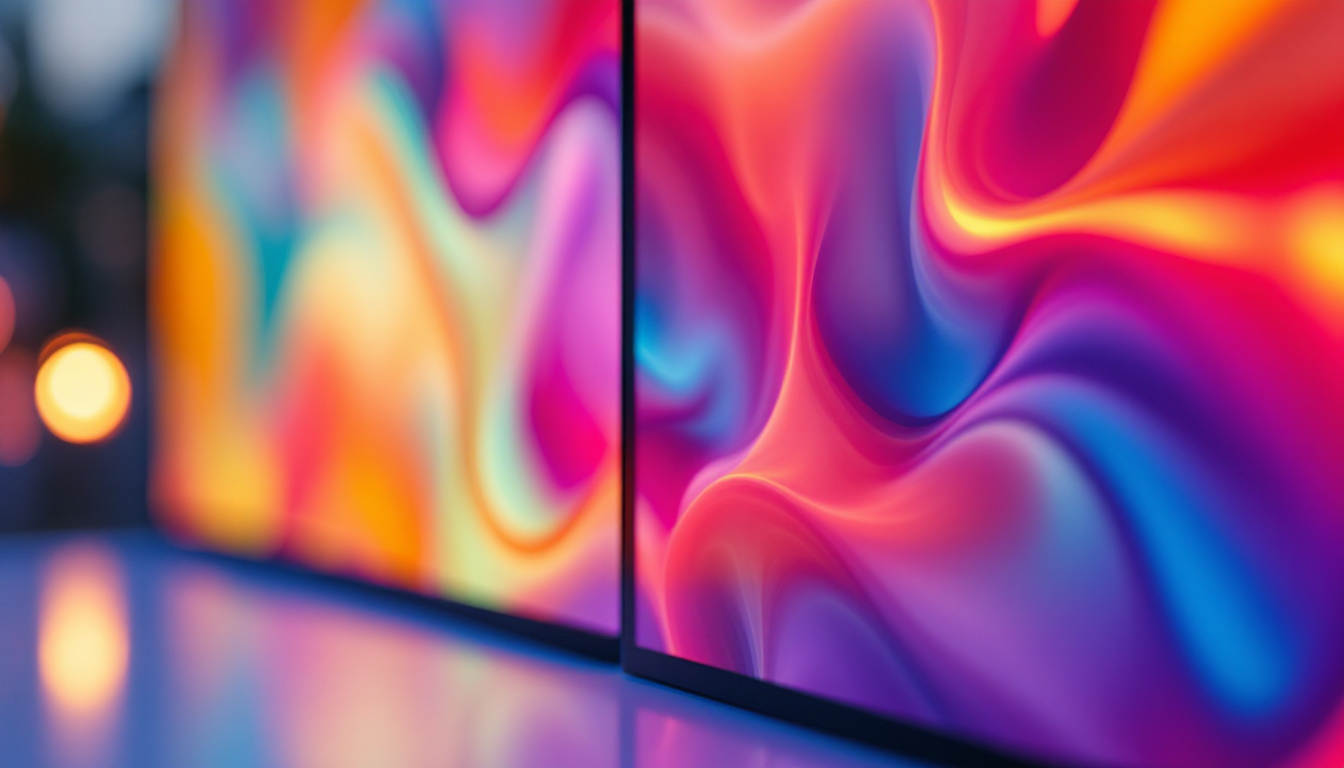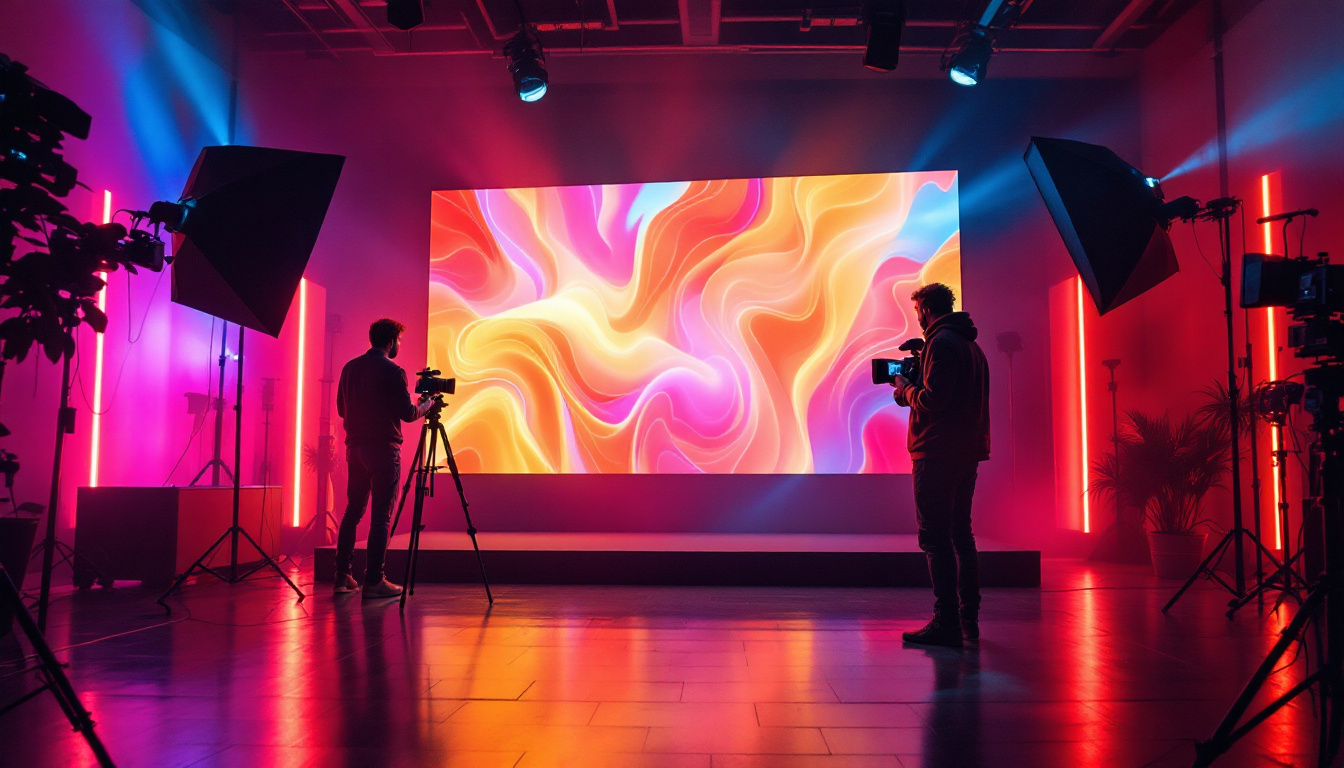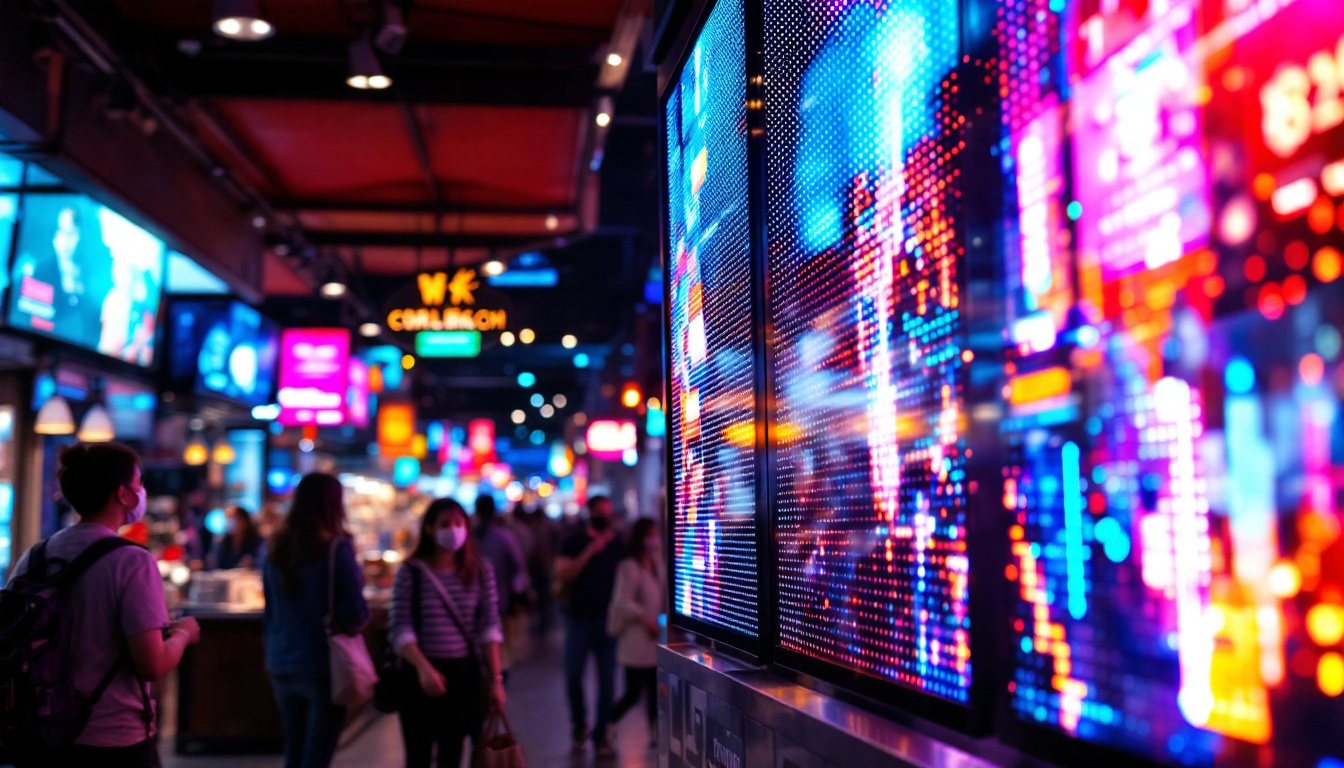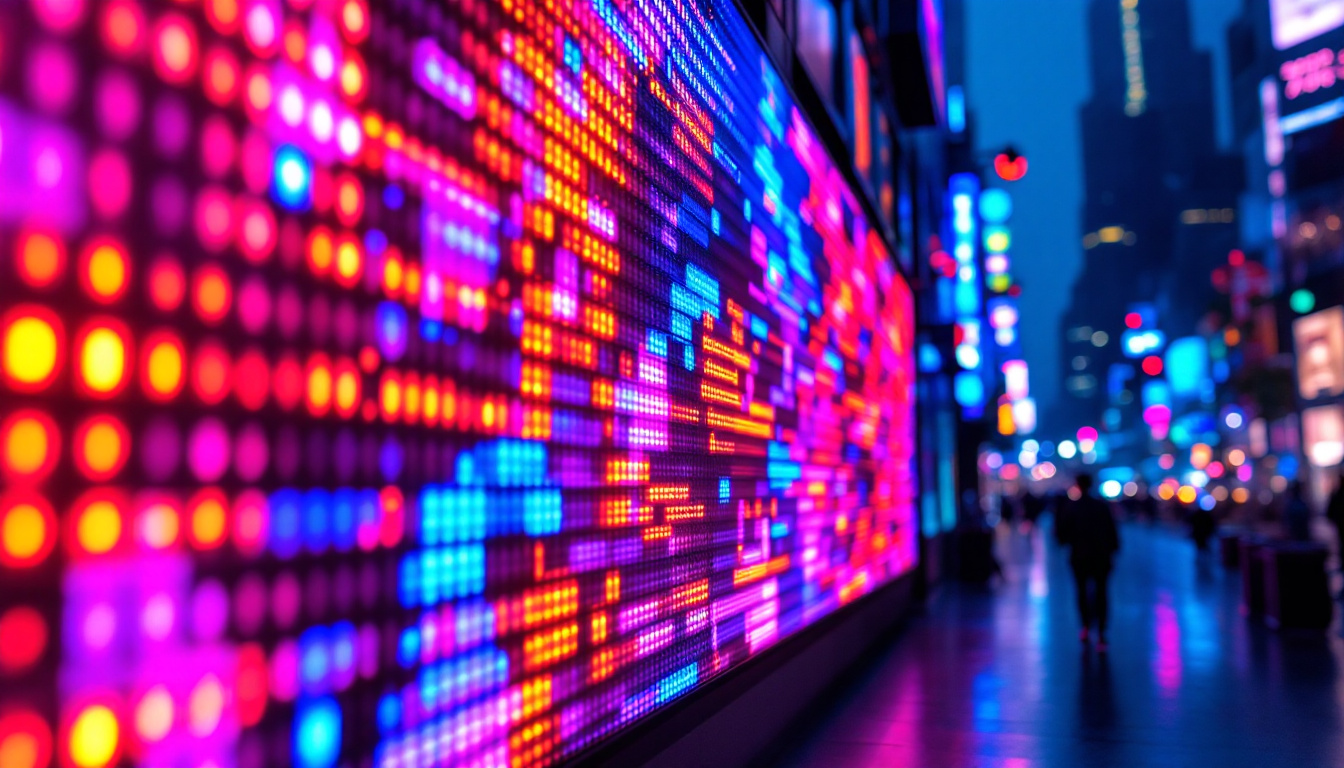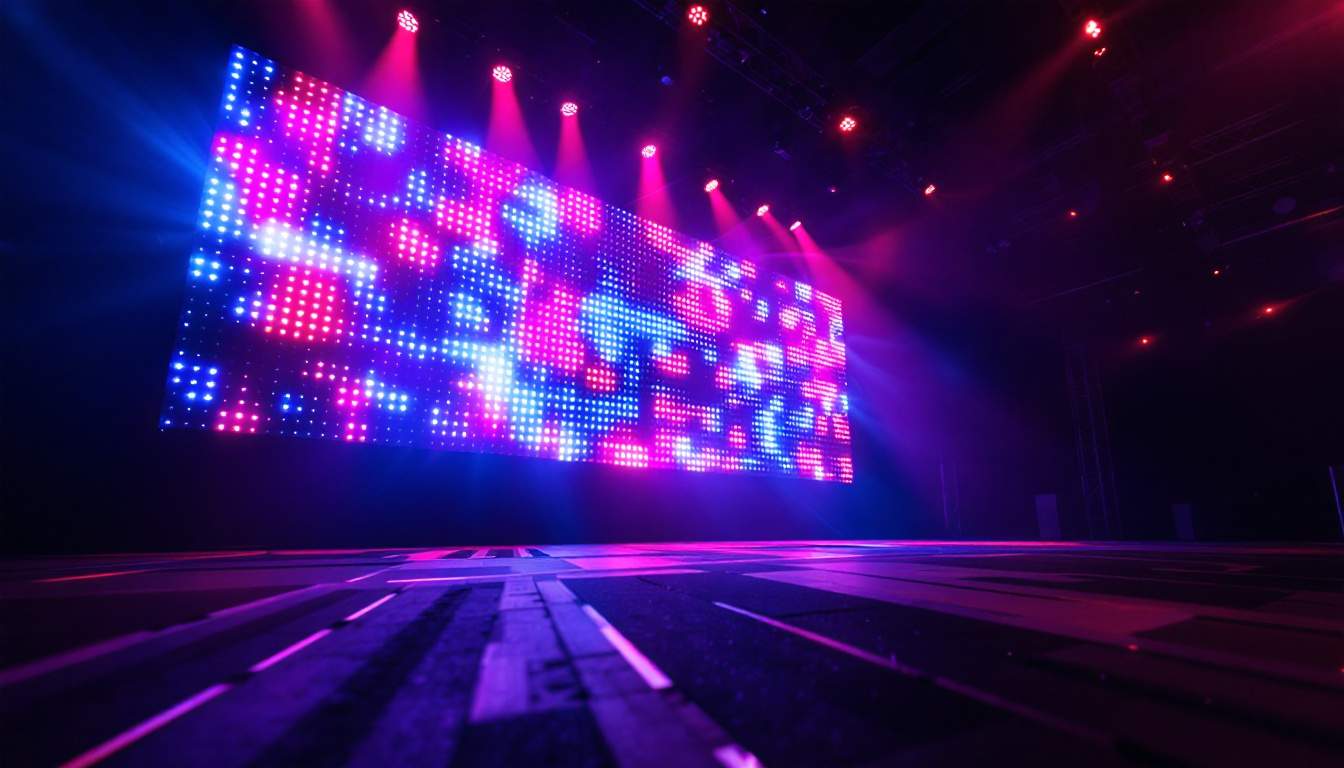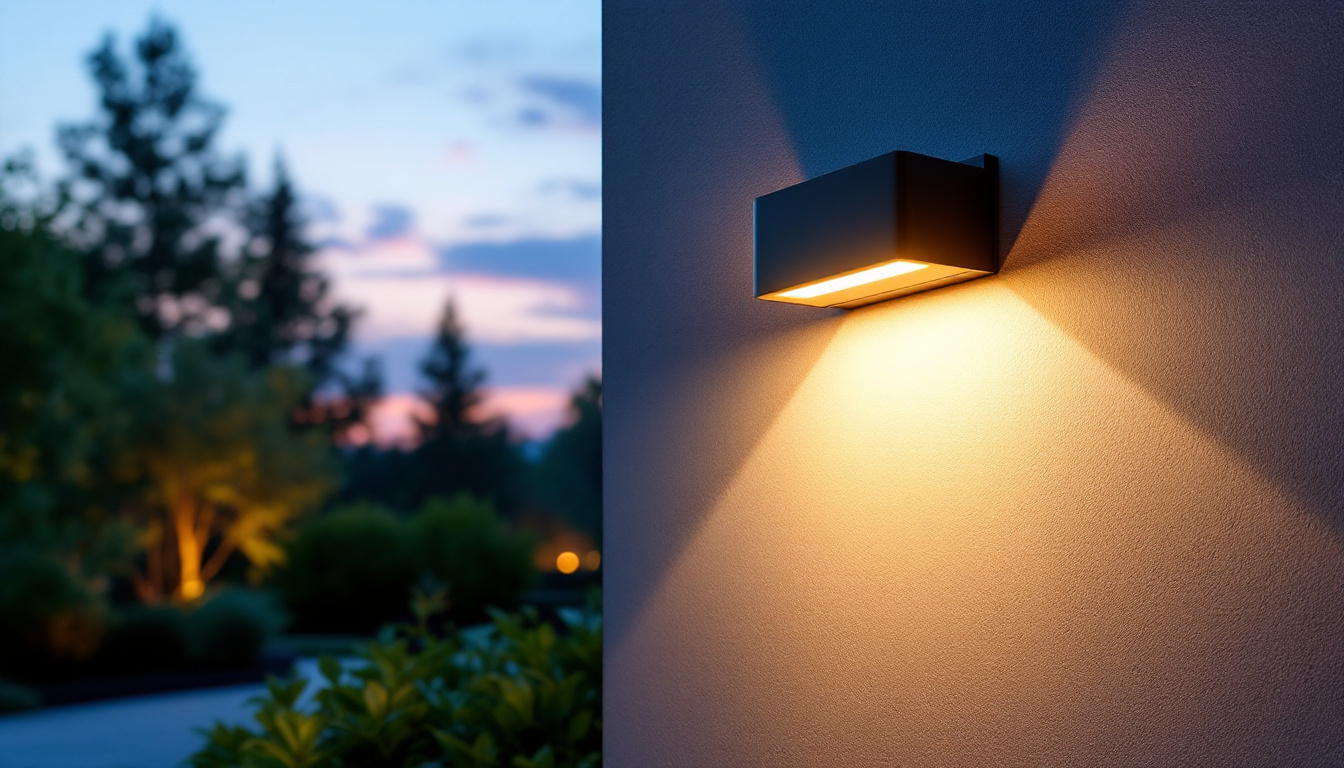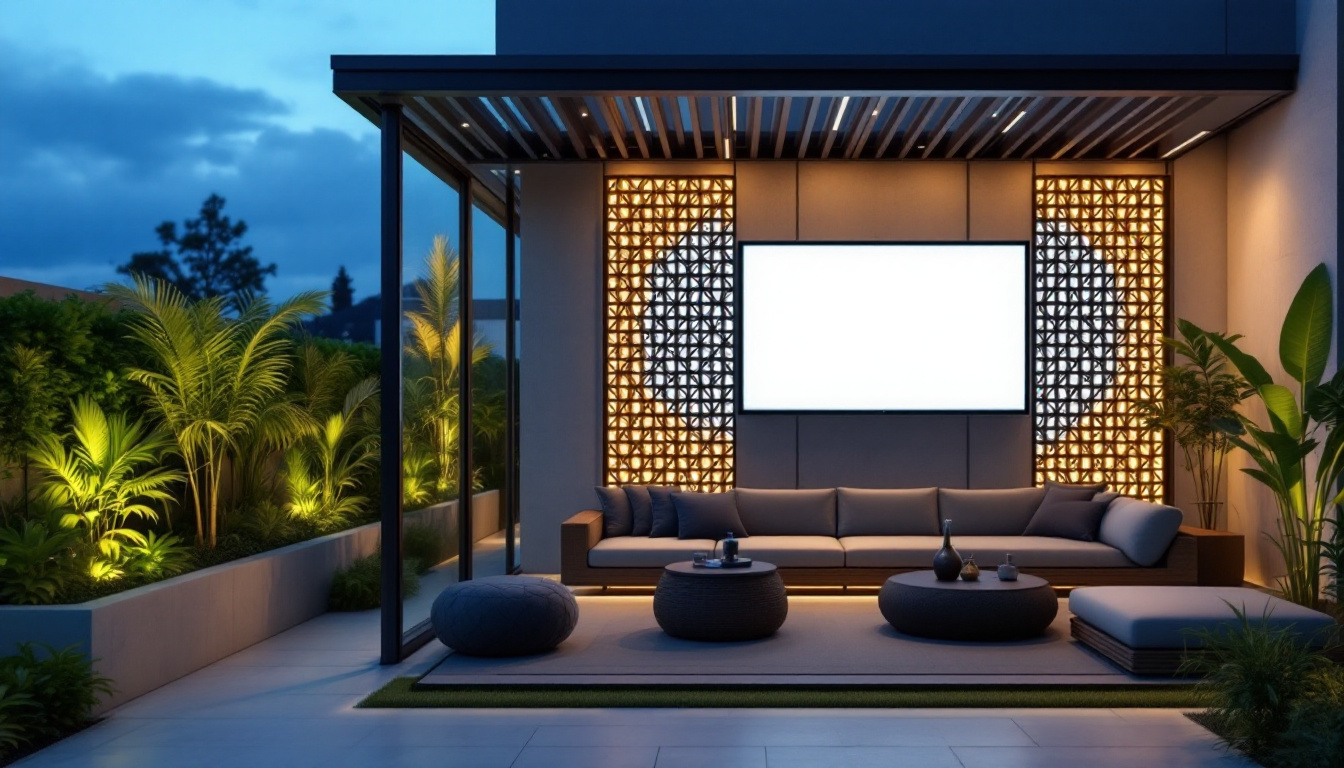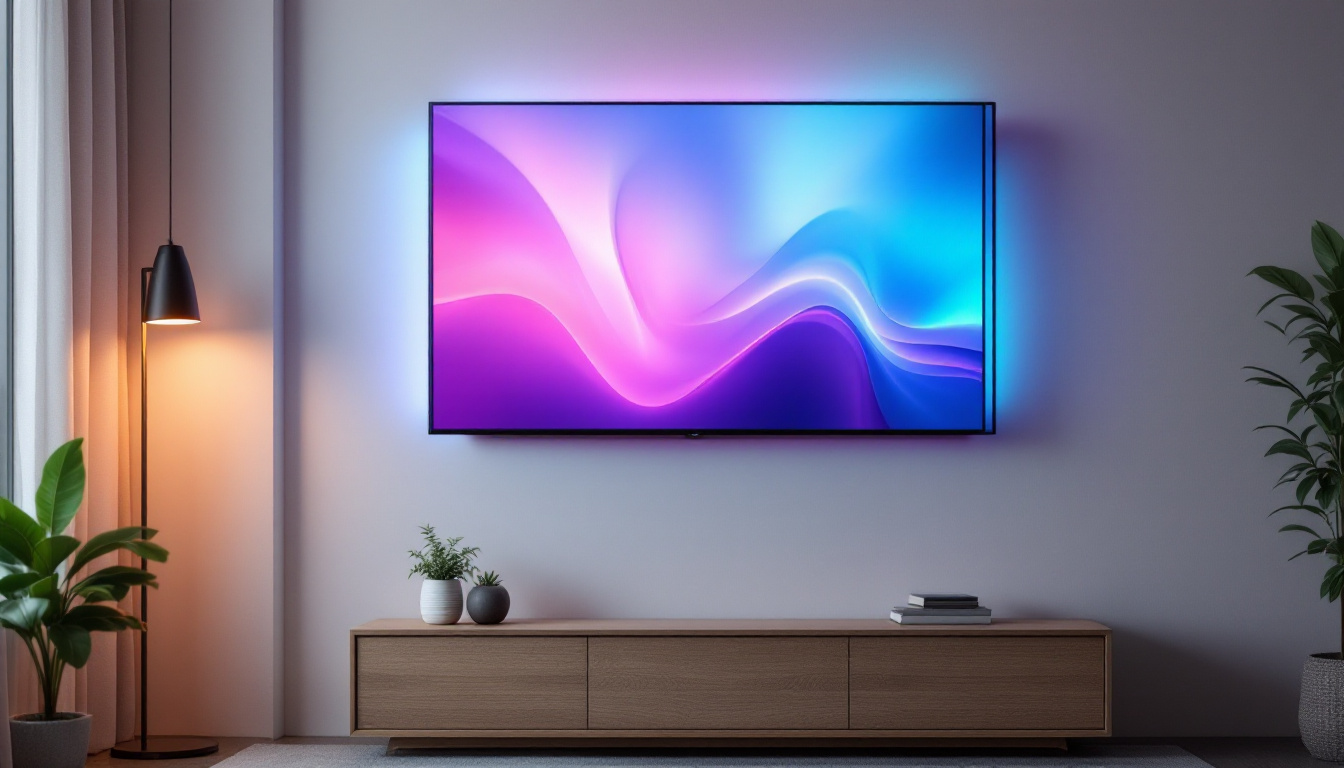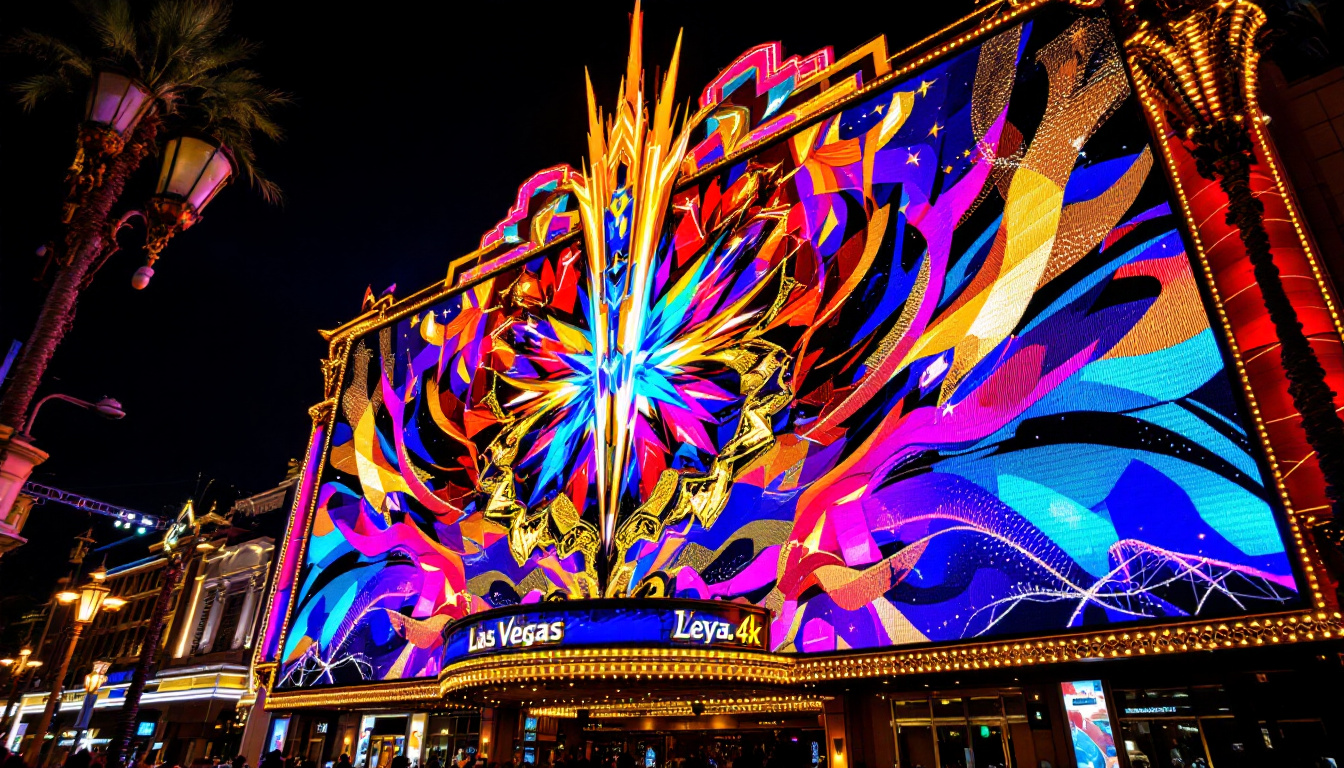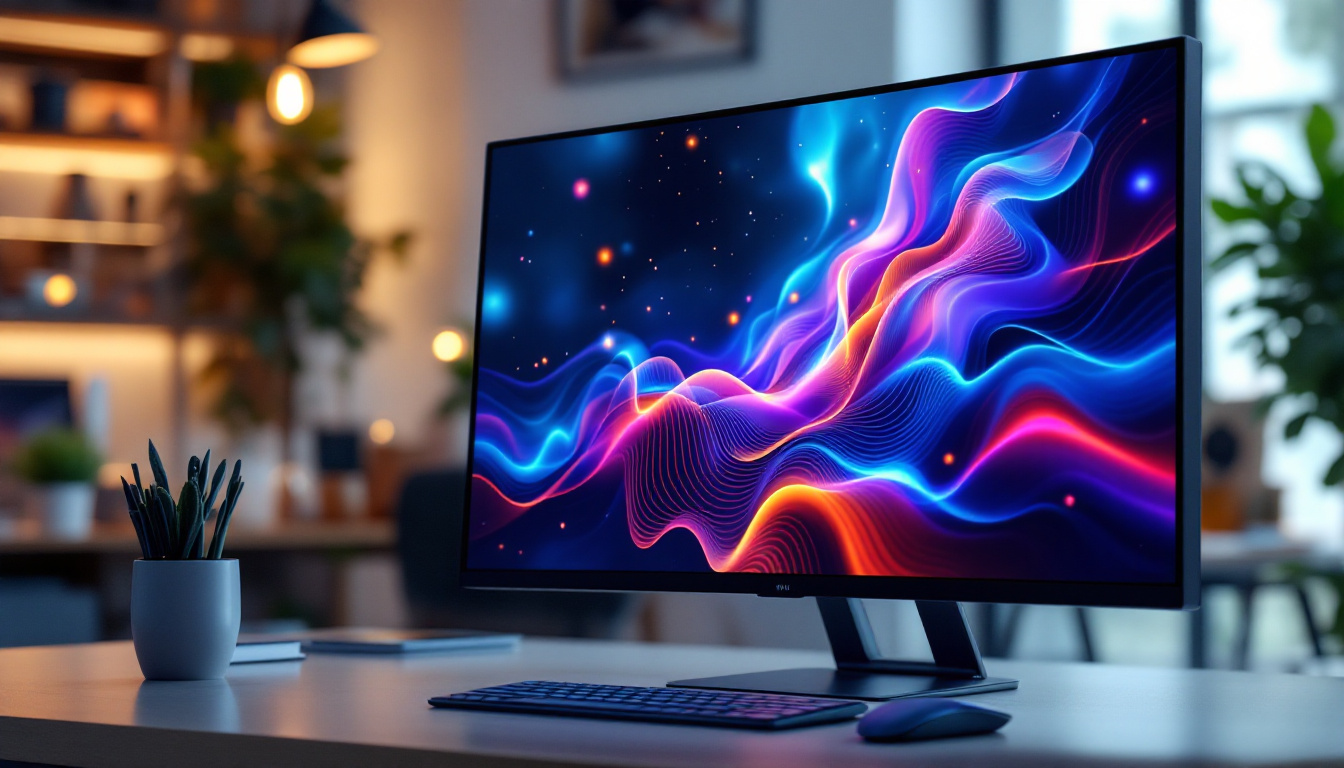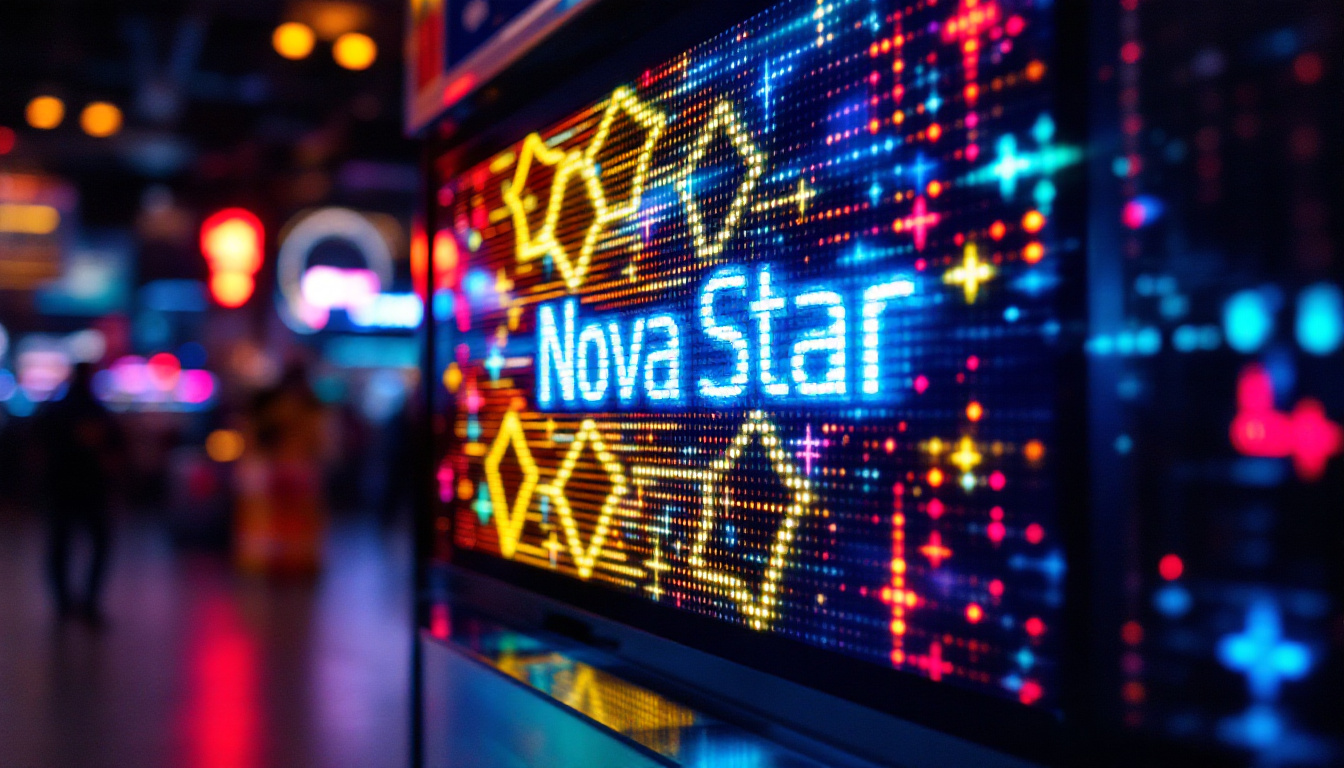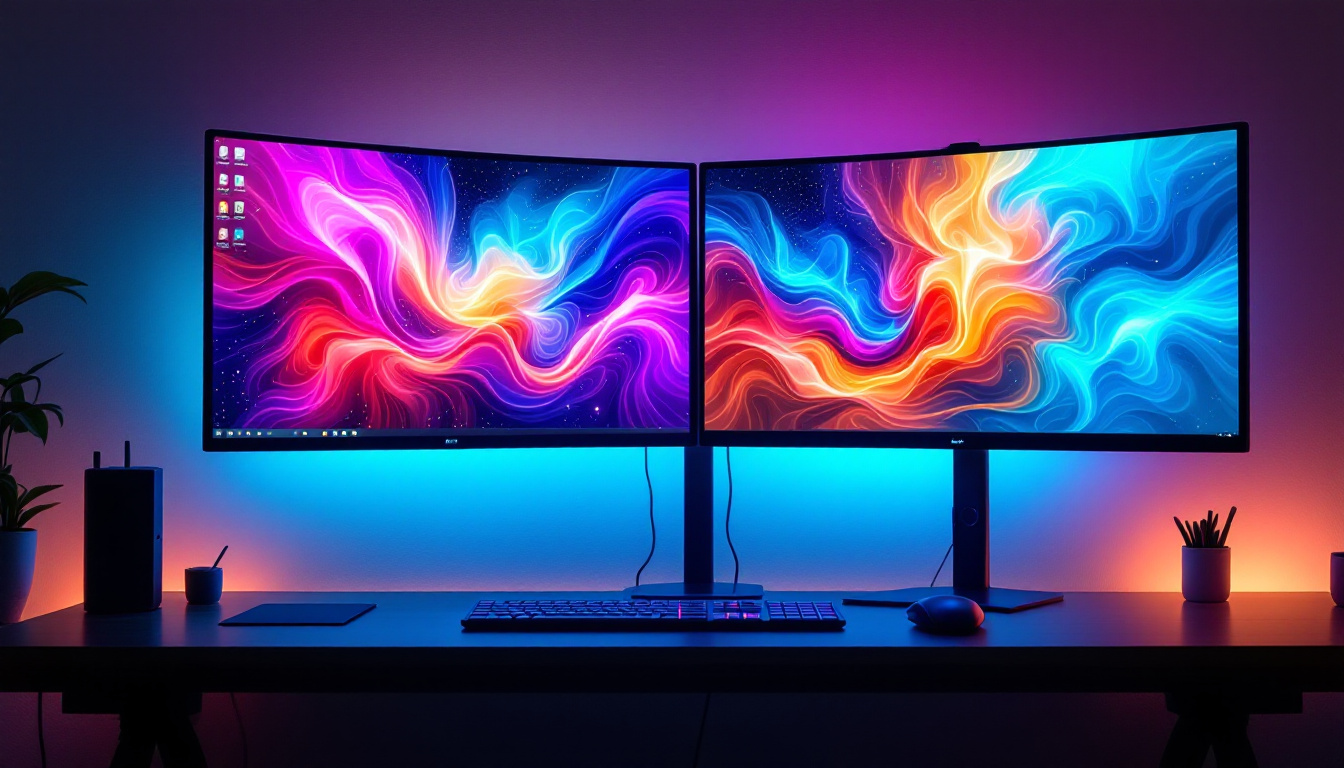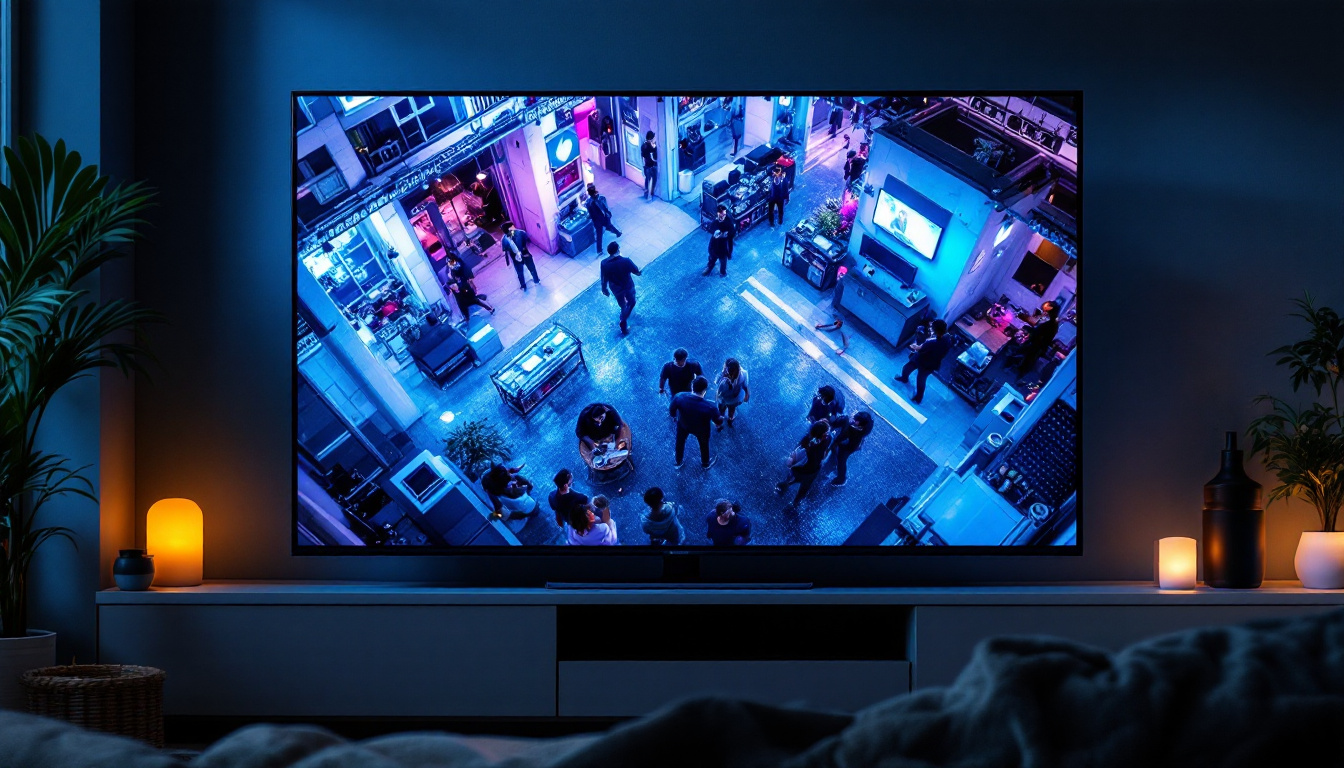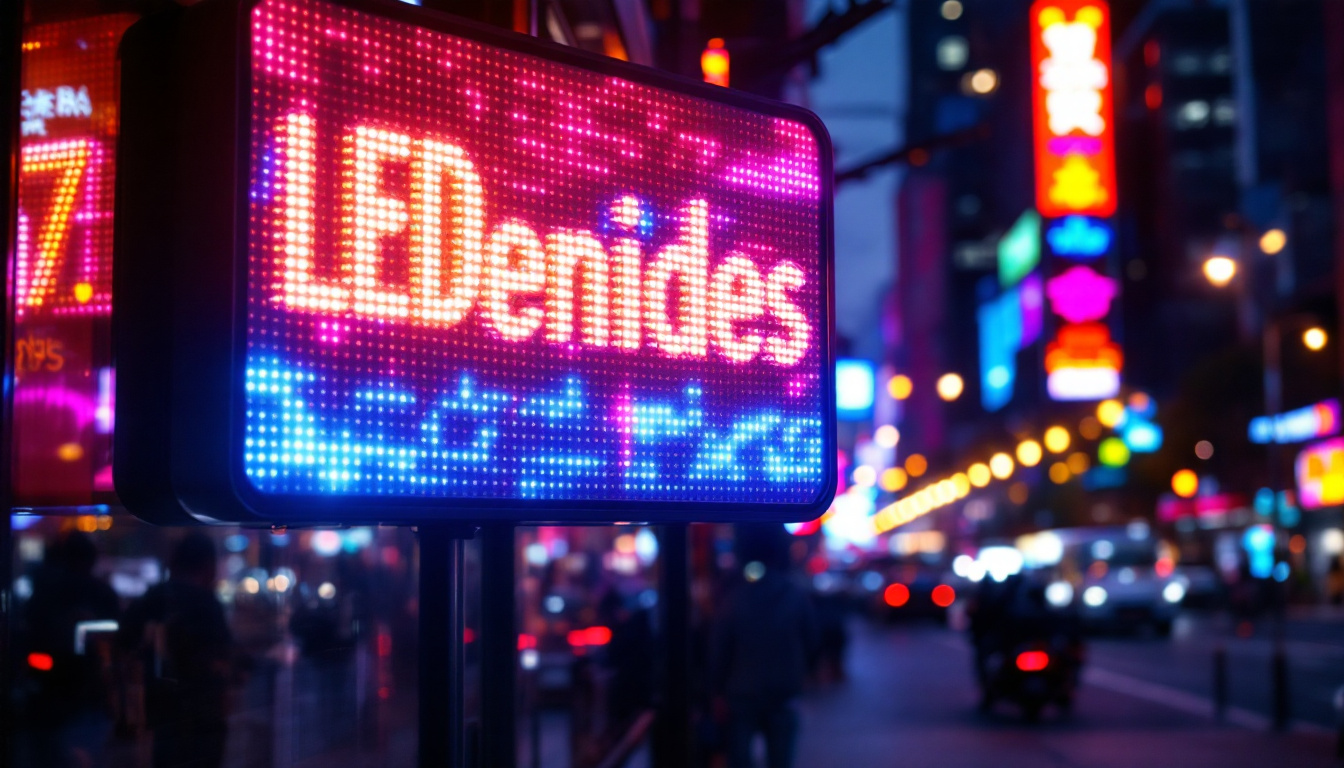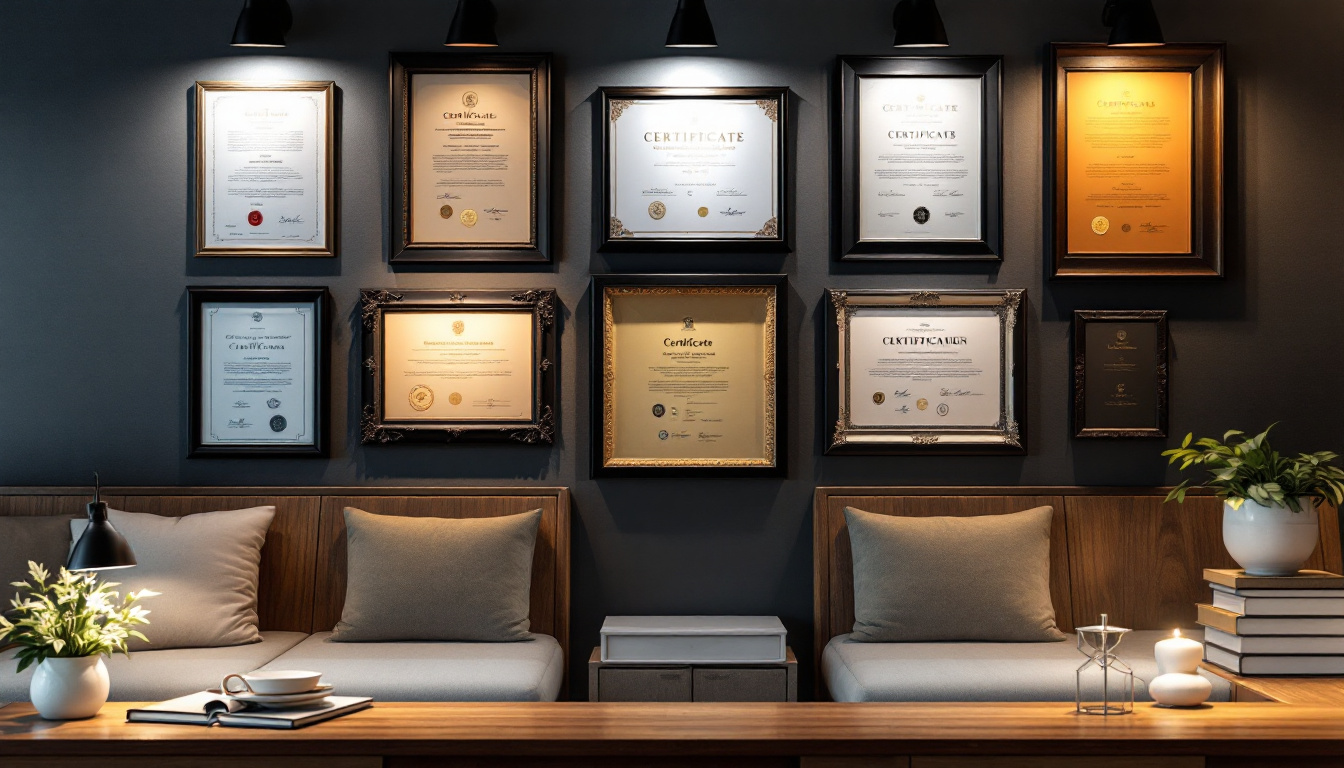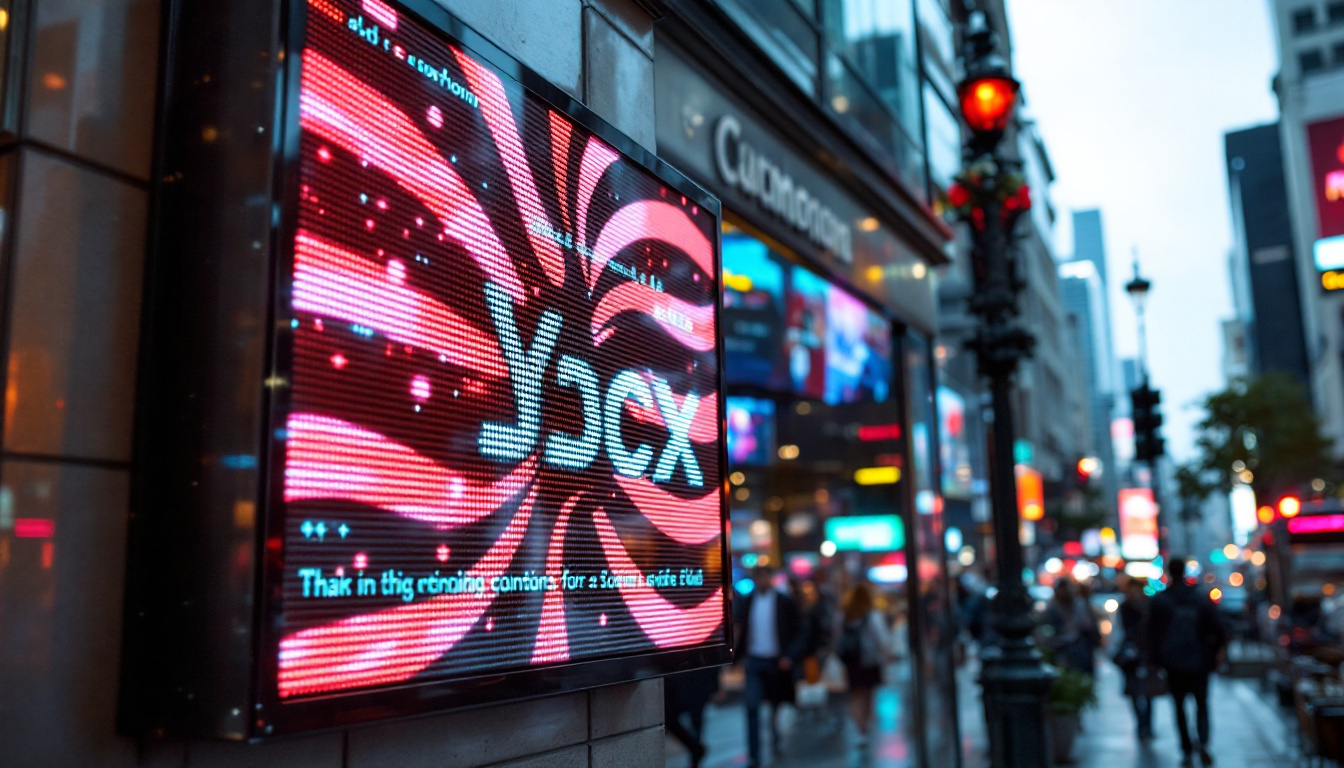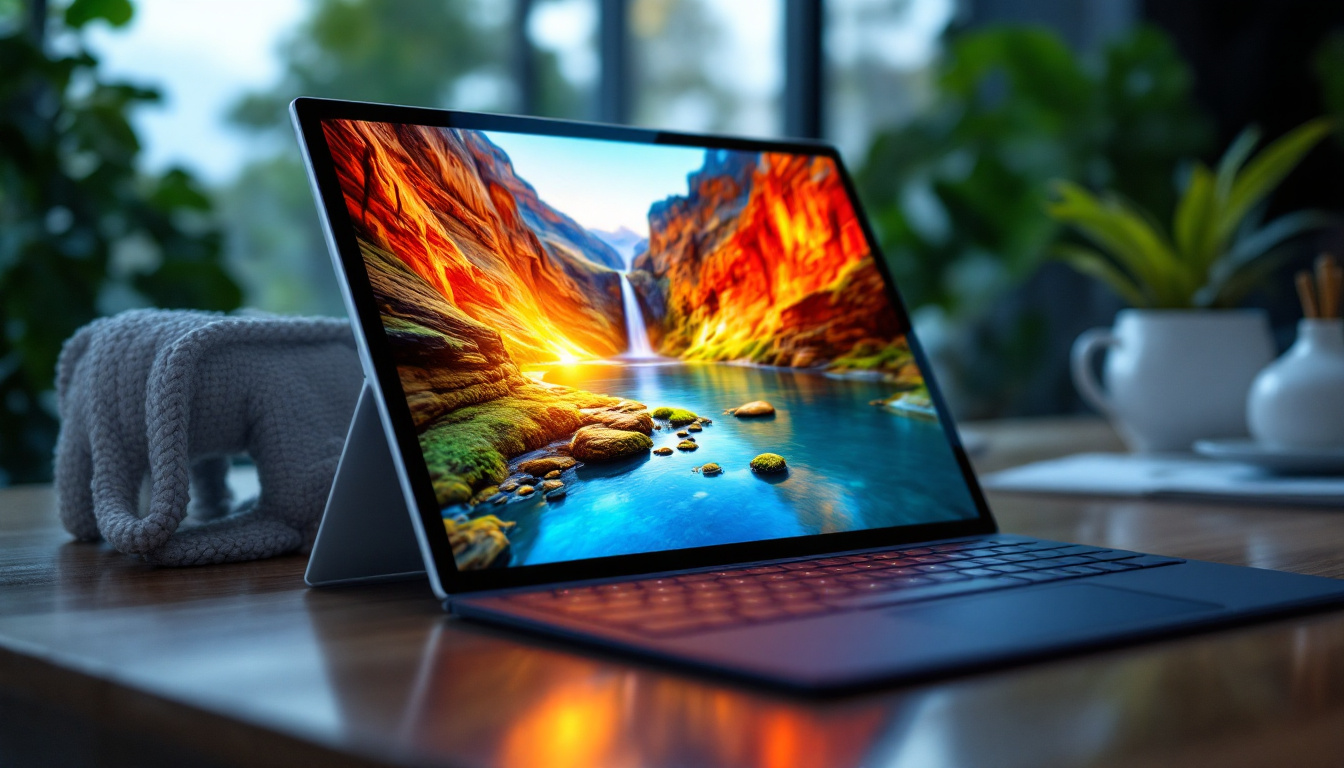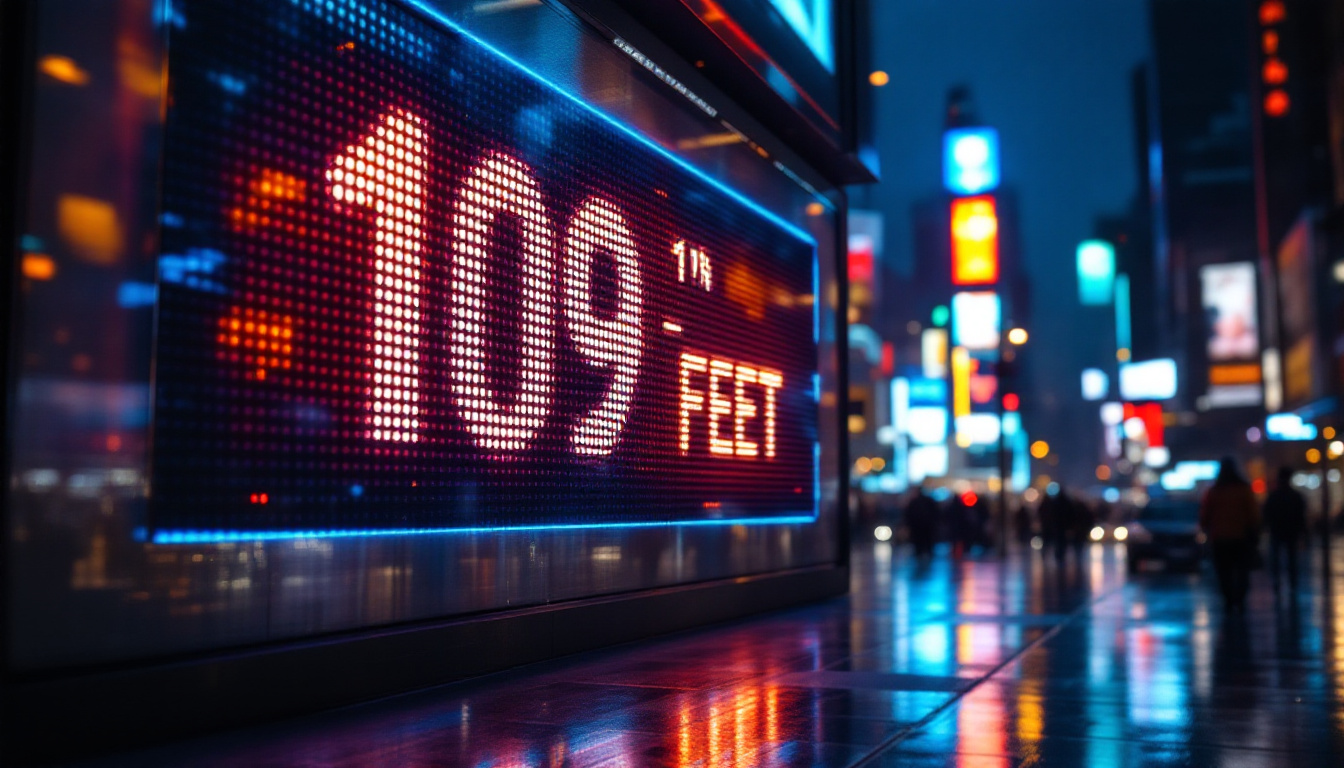Custom LCD Display Cost: LED Display Explained
In the world of visual technology, displays play a crucial role in how information is presented and perceived. Among the various types of displays available, LCD (Liquid Crystal Display) and LED (Light Emitting Diode) displays are two of the most popular options. Understanding the cost implications of custom LCD displays, as well as the functionalities of LED displays, is essential for businesses and individuals looking to invest in display technology.
Understanding LCD Displays
LCD displays utilize liquid crystals sandwiched between two layers of glass or plastic. When an electric current is applied, these crystals align to allow varying amounts of light to pass through, creating images. LCDs are widely used in televisions, computer monitors, smartphones, and various other devices due to their ability to produce sharp images with low power consumption. The technology has evolved significantly since its inception, leading to improved performance and versatility in modern applications.
Components of LCD Technology
The primary components of an LCD include the backlight, liquid crystal layer, and polarizers. The backlight, typically made of LEDs, provides the necessary illumination. The liquid crystal layer manipulates this light to create images, while the polarizers ensure that only certain light waves are allowed to pass through, enhancing contrast and color accuracy. Additionally, there are various types of LCD technologies, such as Twisted Nematic (TN), In-Plane Switching (IPS), and Vertical Alignment (VA), each with unique characteristics that cater to different user needs and preferences.
Advantages of LCD Displays
One of the main advantages of LCD displays is their thin profile, making them suitable for a wide range of applications, from portable devices to large-screen televisions. They also consume less power compared to older technologies like CRT (Cathode Ray Tube) displays. Additionally, LCDs offer excellent color reproduction and clarity, making them ideal for high-definition content. The lightweight nature of LCD panels contributes to their portability, allowing manufacturers to create sleek devices that are easy to transport. Furthermore, advancements in technology have led to the development of high dynamic range (HDR) displays, which enhance the viewing experience by providing a broader range of colors and improved contrast ratios.
Limitations of LCD Displays
Despite their many benefits, LCD displays have some limitations. One significant drawback is their viewing angle. Colors and brightness can shift when viewed from the side, which can be problematic in certain settings. Furthermore, LCDs may struggle with fast-moving images, leading to motion blur in action scenes or fast-paced games. This limitation has prompted the development of faster refresh rates and response times in newer models, which aim to address these issues. Additionally, while LCDs are generally more energy-efficient, they can still suffer from issues like backlight bleed, where light leaks around the edges of the screen, affecting the overall visual experience. As technology continues to advance, manufacturers are exploring new materials and methods to mitigate these drawbacks, pushing the boundaries of what LCD displays can achieve.
Exploring LED Displays
LED displays, while often confused with LCDs, are fundamentally different in their operation. An LED display uses LEDs as the primary source of light, either as a backlight for an LCD panel or as individual pixels in an OLED (Organic Light Emitting Diode) display. This technology has gained immense popularity due to its brightness, energy efficiency, and versatility.
Types of LED Displays
There are several types of LED displays, including direct-view LEDs, LED-backlit LCDs, and OLEDs. Direct-view LEDs consist of individual LED pixels that emit light directly, providing vibrant colors and high contrast. LED-backlit LCDs combine the best of both worlds, using LEDs to illuminate an LCD panel. OLEDs, on the other hand, utilize organic compounds that emit light when an electric current is applied, allowing for even thinner displays and better color accuracy.
Benefits of LED Technology
LED displays offer numerous advantages over traditional LCDs. They are generally brighter, making them suitable for outdoor applications where sunlight can wash out images. Additionally, they have a wider color gamut, allowing for more accurate color representation. The energy efficiency of LED displays also contributes to lower operational costs over time.
Challenges with LED Displays
While LED displays are highly regarded, they are not without their challenges. The manufacturing costs can be higher than traditional LCDs, especially for high-resolution displays. Moreover, OLEDs, while offering superior image quality, can suffer from burn-in issues, where static images can leave a permanent mark on the screen.
Cost Considerations for Custom LCD Displays
The cost of custom LCD displays can vary significantly based on several factors, including size, resolution, and additional features. Understanding these cost drivers is essential for making informed purchasing decisions.
Factors Influencing Cost
Several key factors influence the price of custom LCD displays. The size of the display is one of the most significant determinants; larger screens typically cost more due to the increased material and manufacturing complexity. Resolution is another critical factor; higher resolutions, such as 4K or 8K, require more advanced technology and can substantially increase costs.
Customization Options
Customization can also impact the overall cost of LCD displays. Options such as touchscreens, anti-glare coatings, and specialized enclosures can add to the expense. Additionally, the choice of backlight technology, whether standard LED or advanced options like edge-lit or full-array, can also affect pricing.
Long-Term Value
While the initial investment in custom LCD displays may seem high, it is essential to consider the long-term value. High-quality displays can last for years with proper care, minimizing replacement costs. Furthermore, energy-efficient models can lead to significant savings on electricity bills, making them a more economical choice over time.
Comparing Custom LCD and LED Display Costs
When evaluating the costs associated with custom LCD and LED displays, it is crucial to consider the specific needs of the application. While LED displays may have a higher upfront cost, their advantages in terms of brightness, energy efficiency, and longevity can make them a worthwhile investment.
Cost Breakdown
The cost breakdown for custom LCD displays typically includes the display panel, backlight, control electronics, and housing. In contrast, LED displays may have additional costs associated with the individual LED components and advanced manufacturing processes. Understanding these components can provide clarity on the overall cost structure.
Return on Investment (ROI)
Calculating the return on investment for display technology involves considering both the initial costs and the potential savings over time. For instance, an LED display may cost more upfront but can lead to lower energy bills and reduced maintenance costs, enhancing its overall value.
Market Trends and Pricing
The market for display technology is continually evolving, with prices fluctuating based on advancements in technology and changes in consumer demand. Keeping an eye on market trends can help businesses make informed decisions about when to invest in new display technology.
Applications of Custom LCD and LED Displays
Custom LCD and LED displays find applications across various industries, each leveraging the unique advantages of these technologies. From retail to healthcare, the versatility of displays makes them integral to modern operations.
Retail and Advertising
In the retail sector, custom displays are used for advertising and product promotion. High-resolution LED displays can attract customers with vibrant visuals, while LCD screens are often used for information and navigation within stores. The ability to customize these displays allows retailers to create engaging experiences that resonate with their target audience.
Healthcare and Medical Equipment
In healthcare, custom LCD displays are utilized in medical equipment for monitoring patient vitals and displaying critical information. The clarity and reliability of these displays are paramount, as they can directly impact patient care. LED displays are also becoming more common in healthcare settings, particularly in waiting areas and informational kiosks.
Transportation and Public Information
Transportation systems utilize both LCD and LED displays for real-time information dissemination. From train schedules to flight information, these displays provide essential updates to passengers. Customization allows for the integration of branding and specific information, enhancing the overall passenger experience.
Future of Display Technology
The future of display technology looks promising, with ongoing advancements in both LCD and LED technologies. Innovations such as flexible displays, improved energy efficiency, and enhanced resolution are on the horizon, potentially reshaping how displays are used in various applications.
Emerging Technologies
Emerging technologies, such as MicroLED and mini-LED, are gaining traction in the display market. These technologies promise to deliver even better performance, including higher brightness levels and improved color accuracy. As these innovations become more mainstream, they may influence pricing and availability in the market.
Sustainability Considerations
As environmental concerns continue to grow, sustainability in display technology is becoming increasingly important. Manufacturers are focusing on creating energy-efficient displays and utilizing recyclable materials in production. This shift not only benefits the environment but can also lead to cost savings for consumers in the long run.
Consumer Preferences
Consumer preferences are evolving, with a growing demand for high-quality, visually stunning displays. This trend is pushing manufacturers to innovate and improve their offerings continually. As consumers become more discerning, the competition among display technologies will likely drive prices down while enhancing quality.
Conclusion
In summary, understanding the cost of custom LCD displays and the functionalities of LED displays is essential for making informed decisions in the realm of display technology. While both types of displays have their unique advantages and disadvantages, the choice ultimately depends on the specific needs of the application.
By considering factors such as size, resolution, customization options, and long-term value, businesses and individuals can navigate the complexities of display technology with confidence. As the market continues to evolve, staying informed about trends and innovations will ensure that investments in display technology yield the best possible results.
Ultimately, whether opting for a custom LCD display or an advanced LED solution, the right choice can enhance communication, improve user experience, and drive success in various applications.
Discover LumenMatrix LED Display Solutions
Ready to elevate your visual experience and make a lasting impression? Look no further than LumenMatrix, a pioneer in LED display technology. With a diverse range of products from Indoor and Outdoor LED Wall Displays to innovative solutions like Vehicle LED Displays and LED Transparent Displays, LumenMatrix is committed to transforming your communication needs into captivating visual stories. Whether for advertising, entertainment, or information dissemination, our LED displays are designed to engage and captivate your audience. Check out LumenMatrix LED Display Solutions today and step into the future of visual technology.


